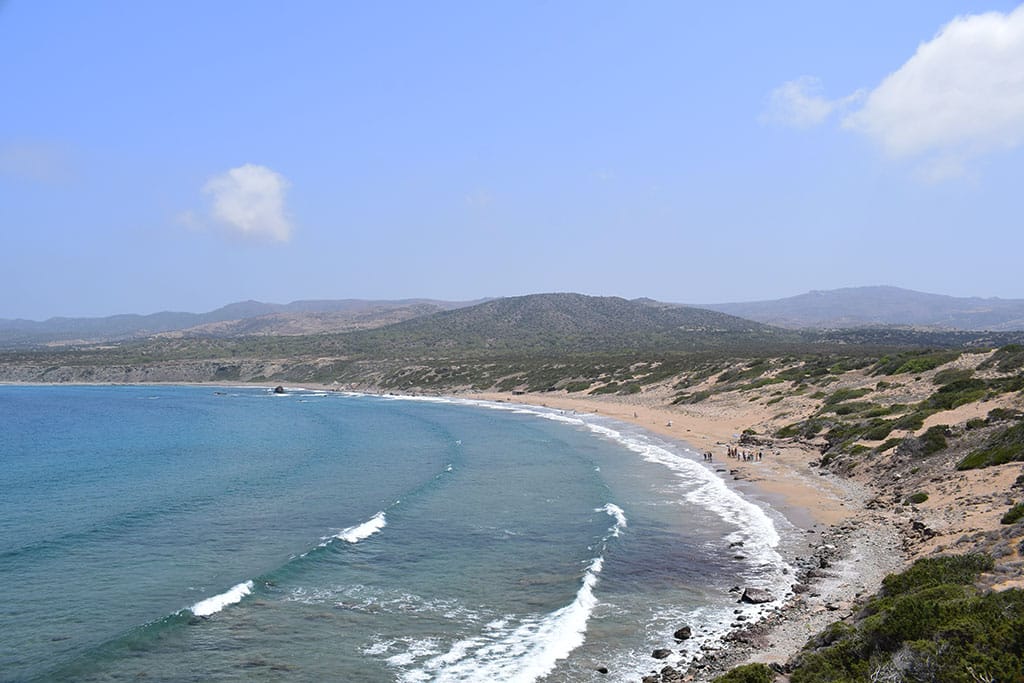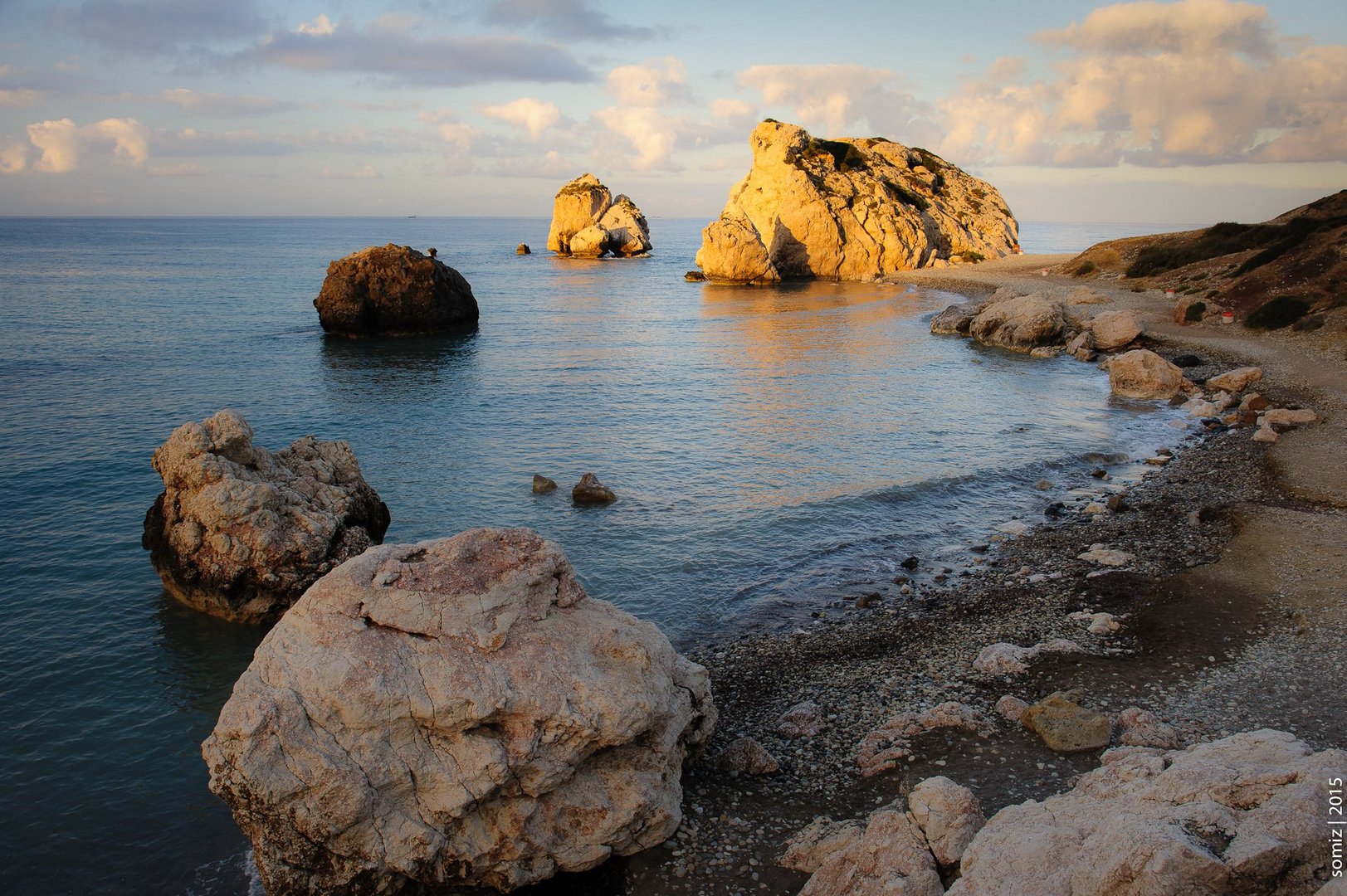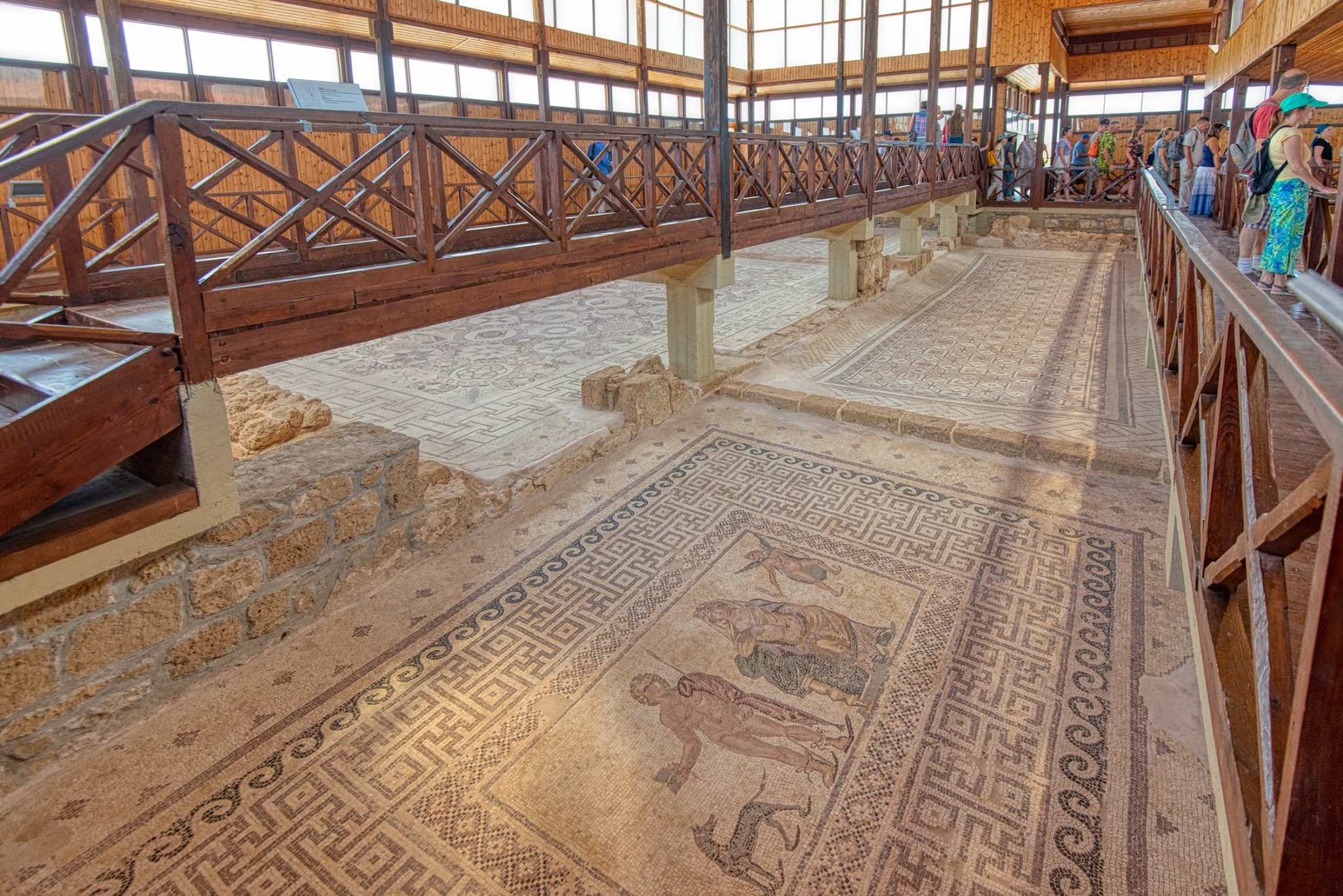Paphos: Where myth, history and the sea meet
Source: Cyprus Mail
Perched on the southwest coast of Cyprus, Paphos (or Pafos) is a city steeped in legend and bathed in Mediterranean light. Believed to be the birthplace of Aphrodite, the goddess of love, it’s a destination where myth, archaeology and seaside living blend seamlessly. Whether you’re here for a weekend escape or a longer stay, Paphos offers a rare mix of culture, calm and coastal beauty.
A walk through time
Few cities wear their history as openly as Paphos. The Kato Paphos Archaeological Park, a UNESCO World Heritage Site, showcases a remarkable collection of Roman villas, intricate mosaics, and ancient theatres — all overlooking the glittering sea. Nearby, the Tombs of the Kings stand as a hauntingly beautiful reminder of Cyprus’s Hellenistic past.
Restaurant Reviews: Paphos
In the heart of town, the Paphos Castle guards the old harbour, its stone walls glowing gold at sunset. Around it, fishing boats sway gently beside modern cafés and seafood restaurants, offering the perfect backdrop for an evening stroll.
Beaches and the beauty of nature
Paphos’s coastline stretches for miles, offering beaches to suit every mood. Coral Bay, with its soft sand and calm waters, is ideal for swimming and family days out. For something quieter, Lara Beach on the Akamas Peninsula feels wonderfully wild — a protected nesting site for sea turtles and a paradise for nature lovers.

The nearby Akamas National Park is one of Cyprus’s true treasures: a rugged landscape of gorges, wildflowers, and hidden coves, perfect for hiking or jeep safaris. Don’t miss the Baths of Aphrodite, a shaded grotto where, according to legend, the goddess met her lover Adonis.
Culture, cuisine and local life
Paphos’s charm isn’t limited to its history or scenery. Its modern side is full of colour, creativity and Cypriot warmth. Old Paphos Town has been transformed in recent years, with traditional houses turned into art galleries, cafés and boutique shops. Street murals add a contemporary touch to centuries-old walls.
Food, as everywhere in Cyprus, is a central part of life. From fresh fish meze by the harbour to local tavernas in nearby villages, dining in Paphos is a chance to savour Mediterranean flavours at their best — grilled halloumi, vine leaves, moussaka, and, of course, a glass of local wine from nearby Paphos vineyards.
Beyond the city
Paphos is a perfect base for exploring western Cyprus. Head into the Troodos foothills to visit Omodos, Kathikas, and other wine-producing villages, where stone courtyards and narrow lanes hide some of the island’s finest wineries. In the cooler months, scenic drives reveal mountain monasteries, pine forests and quiet rural life far from the coast.
For a touch of myth, stop by Petra tou Romiou — Aphrodite’s Rock — a dramatic sea stack said to mark the goddess’s birthplace. Legend has it that swimming here ensures eternal youth and love; at the very least, it offers one of the island’s most photogenic views.

Living the good life
More than just a holiday resort, Paphos has a pace of life that invites people to stay longer. With its international schools, marina developments, and vibrant expat community, it’s become a favourite among those seeking sunshine living without losing the authenticity of Cypriot culture.
Between the sea breezes, the café terraces, and the sound of church bells echoing over the old town, Paphos captures the essence of Mediterranean living — relaxed, welcoming, and endlessly beautiful.
The heart of the west coast
Paphos is both ancient and modern, sacred and sun-drenched — a place where stories linger in the stones and the sea sparkles at every turn. Whether you come for its history, its beaches, or its way of life, you’ll find that Paphos leaves a lasting impression long after you’ve gone.
For exploring more of Cyprus: Limassol: The Mediterranean city that has it all
Practical Information for Visitors and Newcomers
Getting there
Paphos International Airport (PFO) is just 15 minutes from the city centre and serves regular flights from major European cities including London, Manchester, Frankfurt, and Munich. Larnaca Airport is about 1 hour 30 minutes away by car or intercity bus.
Getting around
Paphos is compact and easy to explore. The harbour, old town and main attractions are walkable, while local buses connect the city with Coral Bay, the airport and surrounding villages. Car hire is recommended if you plan to explore the Troodos Mountains or Akamas Peninsula.
Where to stay
Accommodation ranges from seaside resorts and boutique hotels to family-run guesthouses and self-catering villas. The Kato Paphos area is ideal for beach access and nightlife, while Pano Paphos (Ktima) offers quieter streets and local character.
Best time to visit
Paphos enjoys mild winters and hot, sunny summers. The best months to visit are April to June and September to November, when the weather is warm but not too hot, and the sea is perfect for swimming.
For long-term residents
Many expats choose Paphos for its relaxed pace and international community. English is widely spoken, healthcare is high-quality, and there are good international schools. The cost of living is generally lower than in Limassol or Nicosia, and the region’s laid-back lifestyle appeals to digital nomads and retirees alike.
Local Tips
- Try a glass of Commandaria or a local Paphos wine in one of the hillside villages.
- Visit the Paphos Archaeological Park early in the morning to avoid the midday heat.
- For a quiet swim, head to Lara Beach or Sea Caves instead of the main tourist spots.
- Parking in the harbour area is limited in summer — consider the nearby municipal car park.
The original article: belongs to Cyprus Mail .



